 Here's a closeup of the dry stacked stem wall:
Here's a closeup of the dry stacked stem wall: The bottom row is half-backfilled with gravel, both inside the barn and out.
The bottom row is half-backfilled with gravel, both inside the barn and out.Once the entire perimeter of the wall is in, I'm ready to lock it in place.
I've ordered enough 10' lengths of rebar to put rod in every void. I'm going with the 3/8", so that I can easily cut it all with 24" bolt cutters ($40). I've also ordered purified sand, and many bags of cement, to make concrete. But I've first got to use up the dozen Quickcrete bags, before I move on to making my own.
I cut the rod 12" longer than the height of the stem wall, so I can pound it down and through the rubble trench. I pound it in with my 2lb sledge. Sometimes I hit rock and cannot go any further with the rod. Then I go to a shorter piece. But most I'm able to pound through.
Mixing the Quickcrete is easy. You empty the bag in the black plastic tub and add water. I mix it up with a garden hoe - a mason's hoe is ideal, with a hole in it, for stirring, but I'm trying to find some purpose for the tools I've got, since my hoe so far has been useless for hoeing.
I use a spade to spoon the concrete into the void. Here's a photo:
 I shove my J bolts in once I've filled and smoothed the void where they go. I'm putting in three J bolts for each 12' stretch - the outside ones approximately 12" in from each post, and the inner one in the center. I try to pack the concrete down around the bolt once it's in, then smooth it out again. If any concrete gets on the threads, you can clean it off with a wire brush.
I shove my J bolts in once I've filled and smoothed the void where they go. I'm putting in three J bolts for each 12' stretch - the outside ones approximately 12" in from each post, and the inner one in the center. I try to pack the concrete down around the bolt once it's in, then smooth it out again. If any concrete gets on the threads, you can clean it off with a wire brush.Here's the first corner done, the front right:
 A deeper shot later after I watered it down again. I wet it twice a day with the hose, and try to keep it covered with cardboard when the concrete's fresh, so it will cure properly, and not bake:
A deeper shot later after I watered it down again. I wet it twice a day with the hose, and try to keep it covered with cardboard when the concrete's fresh, so it will cure properly, and not bake: I try to always make sure my blocks are right where they should be, and make any last second adjustments, before I fill with concrete:
I try to always make sure my blocks are right where they should be, and make any last second adjustments, before I fill with concrete: I mix all the concrete in my wheelbarrow. It takes about 20 minutes to mix up a double batch. Stirring with the hoe gets tiring, and I find it hard on my back. And a double batch only fills about 6 voids. So I'm mixing wheelbarrow after wheelbarrow.
I mix all the concrete in my wheelbarrow. It takes about 20 minutes to mix up a double batch. Stirring with the hoe gets tiring, and I find it hard on my back. And a double batch only fills about 6 voids. So I'm mixing wheelbarrow after wheelbarrow. Here's the deeply cut out back left corner:
Here's the deeply cut out back left corner: All of that earth rising up over the stem wall will ultimately be removed. Land should always slope down and away from your dwellings. Even a mild slope is sufficient. I'm going to cut out a 10' wide aisle around the back and left of the barn. I'll hold back the hillside with a stone retaining wall. I might put a trench drain in front of it. I've got a cistern that needs to go back here somewhere. We plan to harvest all the rain off the roof.
All of that earth rising up over the stem wall will ultimately be removed. Land should always slope down and away from your dwellings. Even a mild slope is sufficient. I'm going to cut out a 10' wide aisle around the back and left of the barn. I'll hold back the hillside with a stone retaining wall. I might put a trench drain in front of it. I've got a cistern that needs to go back here somewhere. We plan to harvest all the rain off the roof.





 Here she's finished with the right side. I'm impressed. I wish I had her help up here all the time:
Here she's finished with the right side. I'm impressed. I wish I had her help up here all the time: Here the perimeter stem wall is completely finished:
Here the perimeter stem wall is completely finished:






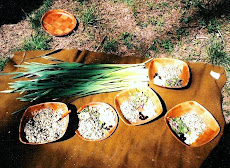









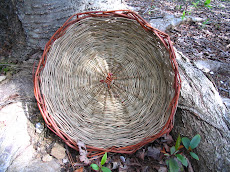



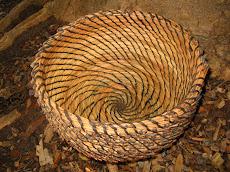



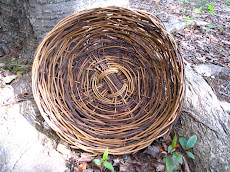

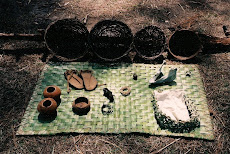


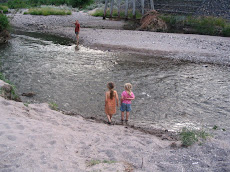

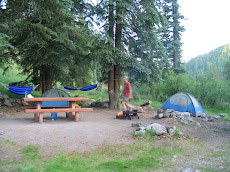


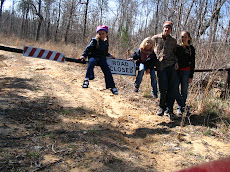

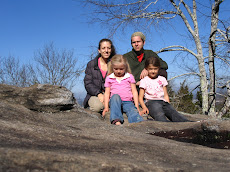




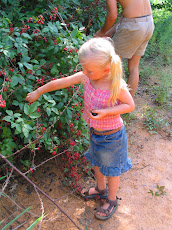








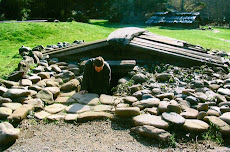

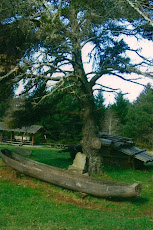



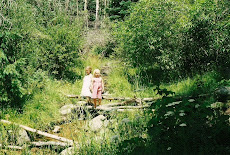
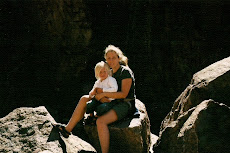
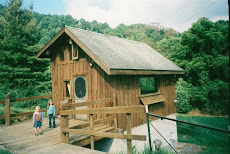


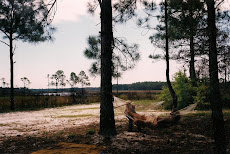

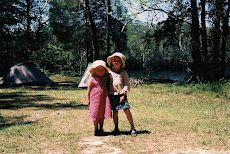.jpg)

.jpg)

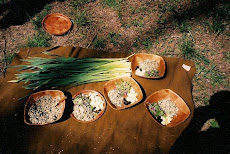
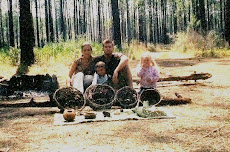
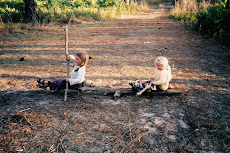.jpg)

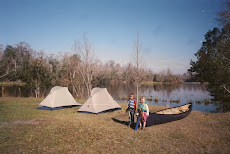

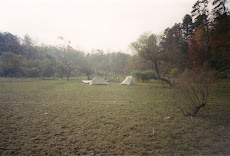
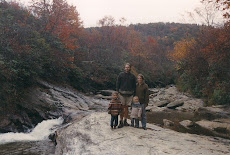
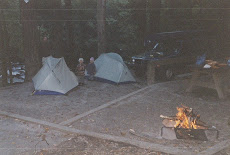


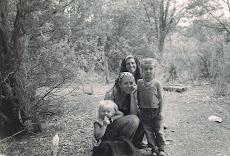.jpg)
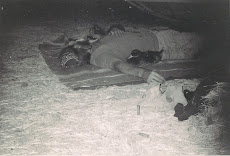.jpg)
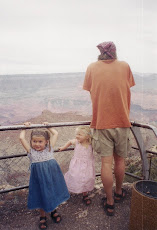
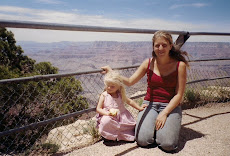.jpg)
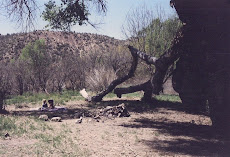.jpg)
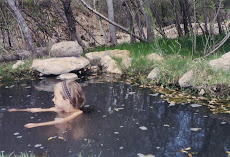
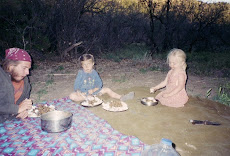.jpg)
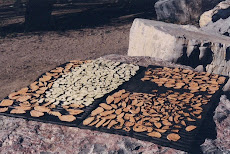
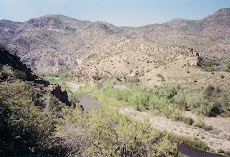.jpg)


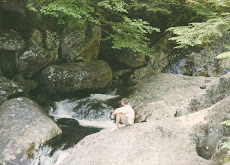

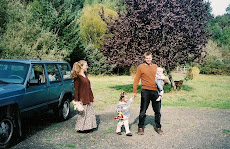



















No comments:
Post a Comment